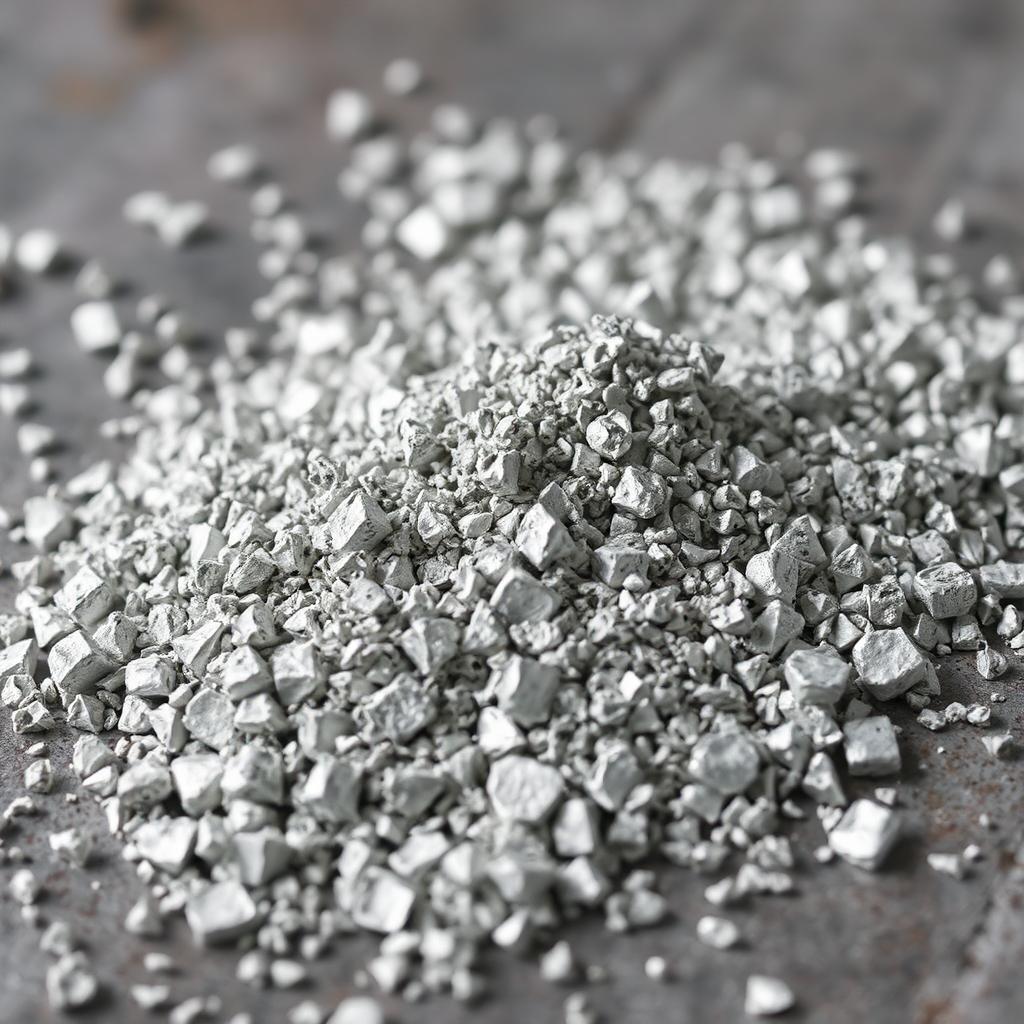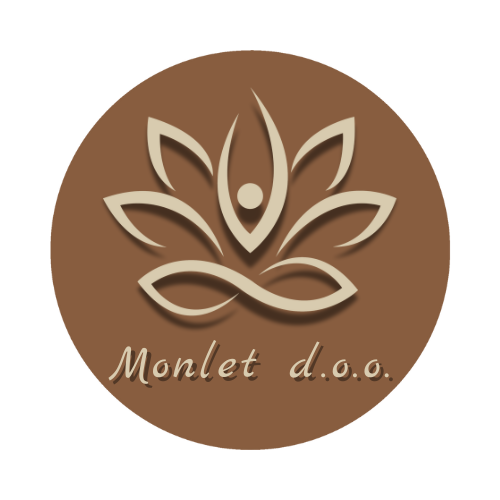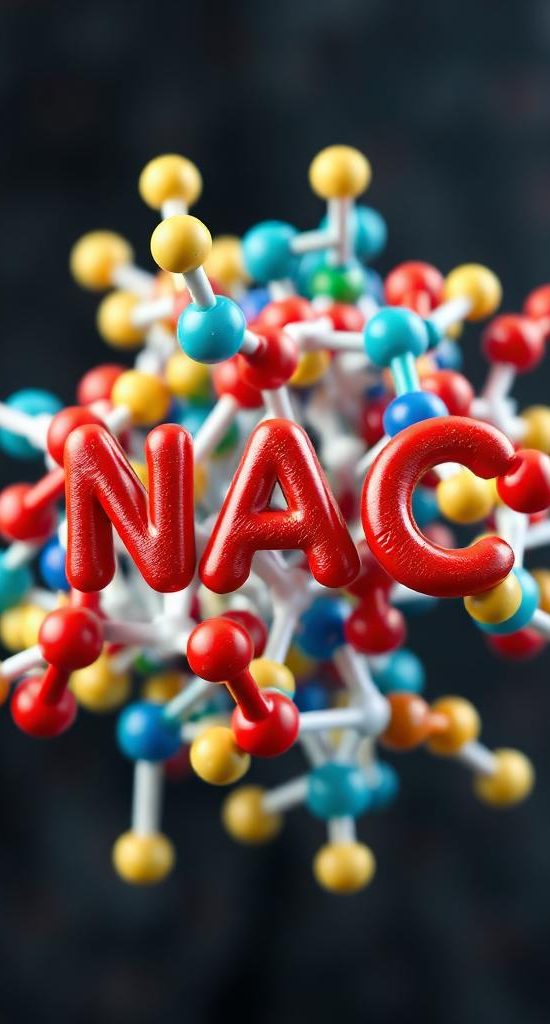The Wonderful Metal: Zinc

Zinc is a versatile and extremely important metal. It plays a key role in numerous biological processes. This article discusses what zinc is, its discovery, sources, benefits, and some interesting facts that highlight its significance in our lives.
What is Zinc?
Zinc is a chemical element with the symbol "Zn" and atomic number 30. It is a bluish-white metal that is brittle at room temperature but becomes malleable when heated. Zinc is categorized as a transition metal and is known for its corrosion-resistant properties.
Discovery of Zinc
Zinc has a history that dates back thousands of years. Although its use can be traced to around 3000 B.C. — when brass (an alloy of copper and zinc) was used in ancient artifacts — zinc as a distinct metal was not recognized until the 18th century. German chemist Andreas Marggraf is credited with the isolation of metallic zinc in 1746. His work paved the way for a better understanding and use of this essential element.
Where is Zinc Found?
Zinc is primarily obtained from minerals such as sphalerite (zinc sulfide), which is the most important source of the metal. It can be found in various geological deposits around the world, with notable reserves in countries like Australia, Canada, China, India, and the United States. Zinc is mined and is often refined through processes such as roasting and electrolytic extraction.
Benefits of Zinc
Zinc is essential for both human health and industrial applications. Here are some key benefits:
- Immune System Function: Zinc plays a crucial role in the health of the immune system. It aids in the development of immune cells and the body's response to infections.
- Wound Healing: Zinc is known for its role in skin health and restoration. It promotes cell division and the growth of new tissue, making it essential for wound healing.
- Protein Synthesis: This metal is crucial for protein and DNA synthesis, influencing the growth, reproduction, and function of cells.
- Enzymatic Reactions: Zinc acts as a cofactor for over 300 enzymes in the body, facilitating various biochemical reactions essential for metabolism.
- Taste and Smell: Zinc is essential for maintaining a healthy sense of taste and smell, as zinc deficiency can lead to impaired sensory functions.
Interesting Facts About Zinc
Common Alloy: Zinc is commonly used in alloys, such as brass, which is made of copper and zinc and has been used for centuries in the production of jewelry and tools.
Galvanization: Zinc is commonly used to coat iron and steel to prevent rusting. This process, known as galvanization, extends the lifespan of metal structures and reduces maintenance costs.
Zinc in Nature: It is found in every living cell, with the highest concentrations in the brain, prostate, and muscles.
Dietary Source: Good dietary sources of zinc include meat, shellfish, legumes, seeds, nuts, dairy products, and whole grains – a varied diet ensures adequate intake for overall health.
Daily Requirements: The recommended daily allowance (RDA) for zinc varies based on age, sex, and life stage, with adult men typically requiring about 11 mg, while women need around 8 mg per day.
Why Do We Need Zinc?
Zinc is an essential nutrient for maintaining various aspects of health and well-being. Due to its role in immune system function, wound healing, enzymatic activity, and growth, it is crucial for both children and adults. Zinc deficiency can lead to a range of health issues, including weakened immune response, delayed wound healing, hair loss, and skin problems.
Conclusion
Zinc may be a small part of our diet, but its impact is significant and profound. From ancient uses to modern applications, this metal remains a cornerstone of human health and technology. By emphasizing the importance of adequate zinc intake and appreciating its multifaceted role, we can harness its power for better well-being and, consequently, a healthier future.


